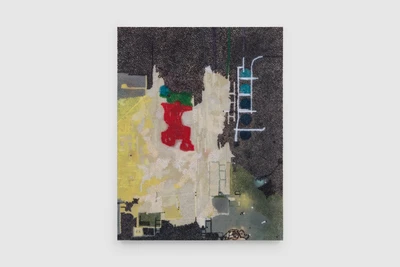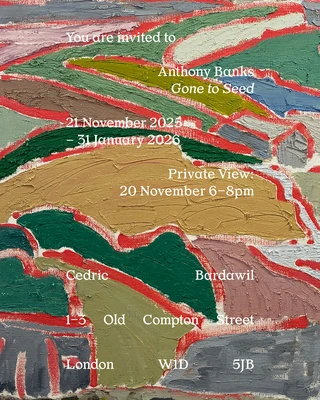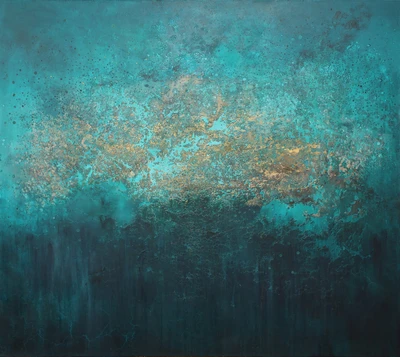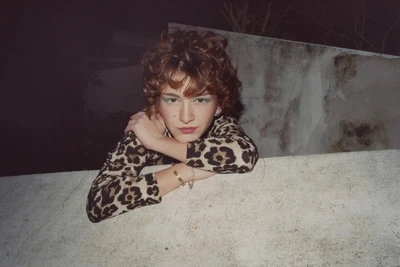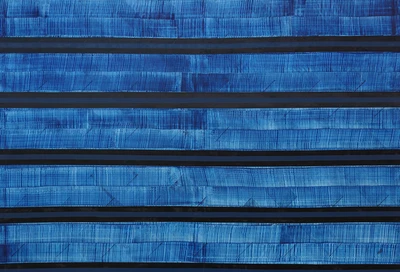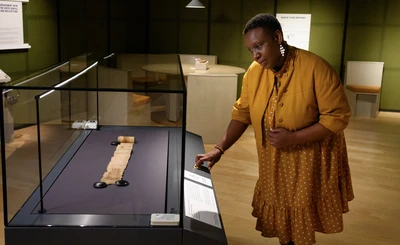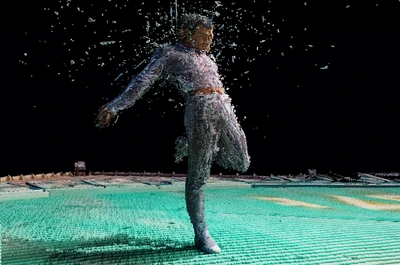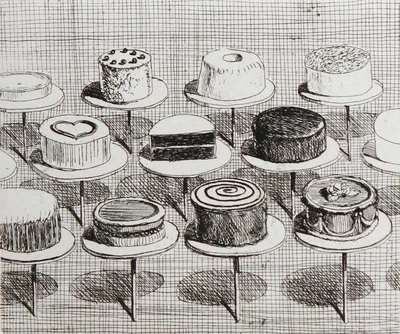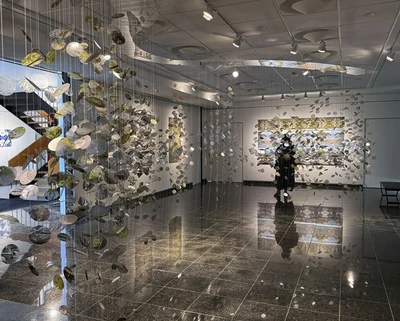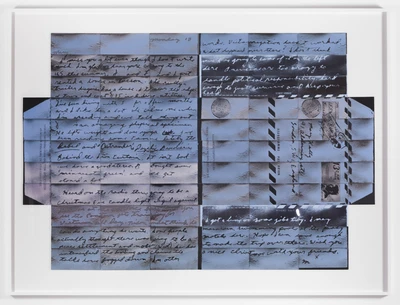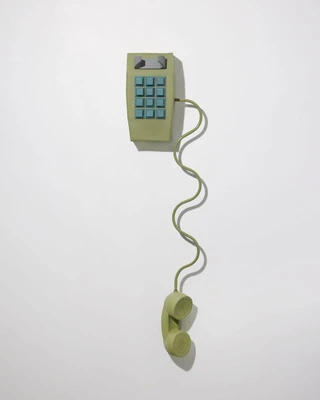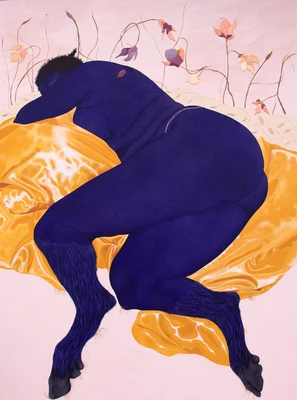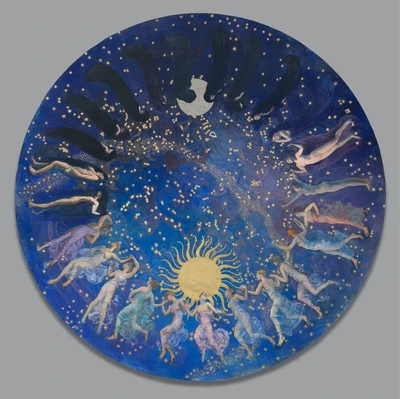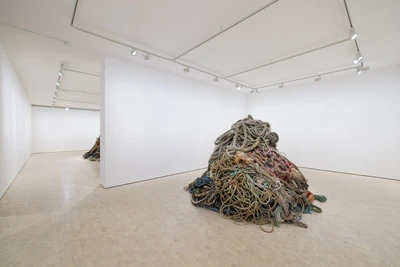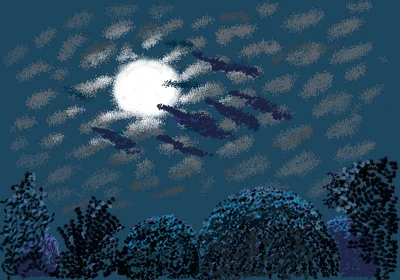Overview
A bold new exhibition at the British Museum shines light on the compelling history of Hawaiʻi and its long-standing ties with the United Kingdom. Hawaiʻi: a kingdom crossing oceans is a dazzling celebration of the rich artistry of Hawaiian makers, past present and future, the global journeys of Hawaiian royals and leaders, and the enduring resonance of their story in today's world.
The exhibition commemorates 200 years since a series of events including the visit of Hawaiian King Liholiho (Kamehameha II) and Queen Kamāmalu to London with a royal delegation to seek alliance and protection from the Crown. This journey to the capital included a visit of the British Museum - the first record of Native Hawaiian aliʻi (chiefs and royals) at the Museum. Building from this moment, which marked a turning point in the shared history of the kingdoms of Hawaiʻi and the United Kingdom, the exhibition tells a compelling story of movement, allyship, and cultural exchange.
Settled around AD 1000 by skilled Polynesian seafarers navigating by the stars and following the flight of migratory birds, the Hawaiian archipelago is often remembered in the UK as the place where Captain James Cook lost his life during a voyage of exploration in the islands in 1778-79. Hawaiʻi: a kingdom crossing oceans acknowledges this moment while focusing on movements, stories and voyages initiated from Hawaiʻi itself. Shaped together with Native Hawaiian knowledge-bearers, the exhibition introduces audiences to a remarkable and seldom-seen collection of early Hawaiian treasures combined with striking contemporary works, tracing the journeys that brought these works to London and reflecting on their continued meaning for the people of Hawaiʻi today.
The exhibition will feature around 150 extraordinary objects and artworks including many never seen in the UK. Among the highlights is a magnificent ʻahu ʻula (feathered cloak) sent in 1810 by the first king of unified Hawaiʻi, Kamehameha I, to King George III the largest known example of its kind. Lent by His Majesty The King from the Royal Collection, the cloak will be on display for the first time in over 100 years, alongside the Hawaiian king’s original letter requesting support and protection from the Crown.
Opening the space and greeting the visitors on the stairs of the Great Court is a powerful, nine-foot kiʻi (image) of the god Kū, the god of warfare and governance, dressed with a contemporary loincloth and standing atop a pole rediscovered inside a historical plinth ahead of the exhibition. A finely carved drum accompanied by an ancient chant recounting early Polynesian migrations to Hawaiʻi pulls the visitors into the gallery. Inside, a stunning bowl with figure, recently returned from loan to Hawaiʻi’s Bernice Pauahi Bishop Museum, embodies the continued movements of people and objects between the Pacific and the United Kingdom, while the Anglo-Franco proclamation of 1843, on loan from The National Archives highlights the UK and France’s formal recognition of Hawaiʻi’s independence and emphasises diplomatic bonds between these nations.
The making of Hawaiʻi: a kingdom crossing oceans is grounded in a renewed curatorial approach developed with Native Hawaiian knowledge-bearers. A co-stewarded process, the creation of the exhibition involved community partners in a holistic manner, from the shaping of the narrative to the design of the gallery, the meticulous conservation of ancestral treasures, and the inclusion of ʻōlelo Hawaiʻi (Hawaiian language) throughout the space.
Building from years of collaborations through the Benioff Oceania Programme (2020-2024), the show highlights a commitment to transforming and humanising museum practice – a dimension that is made palpable through a trail of content that ʻbreaks the fourth wall’ to offer visitors a glimpse into this collective process. As objects, people and voices gather in the space, the gallery becomes a meeting ground, bringing agency and purpose into view and showing how the stories on display were shaped - stories as relevant today as they were two centuries ago.
